In this activity, we will be learning about reading measuring scales, and measuring cylinders.
Measuring scales are used in shops and also when baking or cooking at home.
They can be used to tell us how heavy or light something is.
They can also be used to weigh out a given amount, such as is given in recipes.
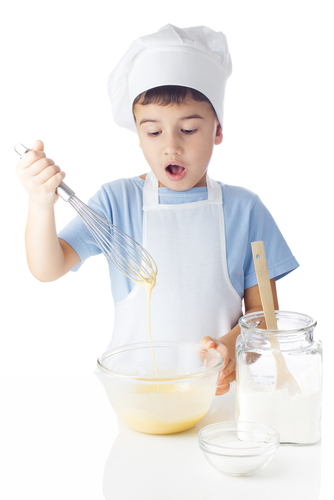
Measuring cylinders are used to measure amounts of liquids.
You might use a measuring cylinder in science at school.
They can also be used in cooking, to measure out liquids.
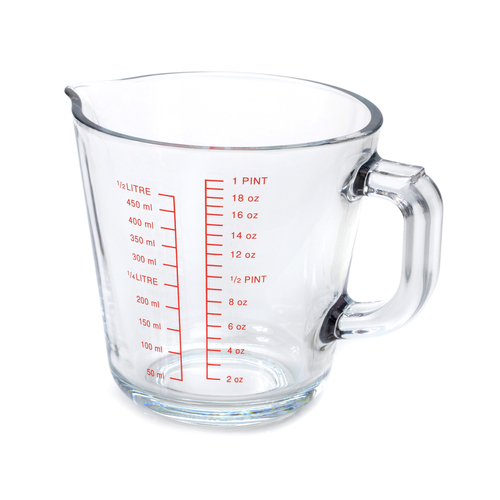
It's useful to remember the following facts:
1,000 millilitres (ml) = 1 litre (l)
1,000 grams (g) = 1 kilogram (g)
Let's look at some examples to practise the skills needed for this activity.
Example 1
Read the mass and write the answer in kg.
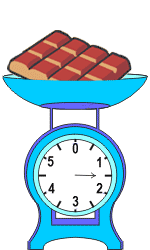
Answer
On this measuring scale, the arrow is pointing halfway between the 1 and the 2.
This shows one and a half kilograms, which we more commonly write as 1.5 kg.
Remember that 1 kilogram is equal to 1,000 g.
This means that half a kilogram is 500 g.
So, this measurement could also be written as 1,500 g
Example 2
Read the scale on the measuring cylinder and write the answer in l. (litres)
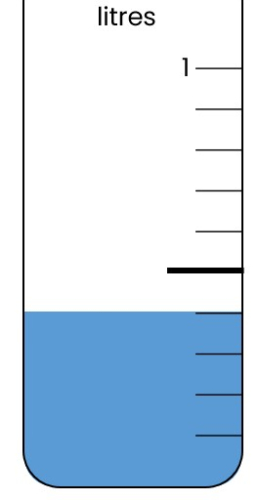
Answer
The measuring cylinder holds 1 litre (1,000 ml) and the scale is split into 10 smaller divisions.
1,000 ÷ 10 = 100
So, each small line on the scale is worth 100 ml.
This water level is at the 4th small line, which represents 400 ml.
400 ml is not enough for a whole litre, so we can write it as a decimal 0.4 litres.
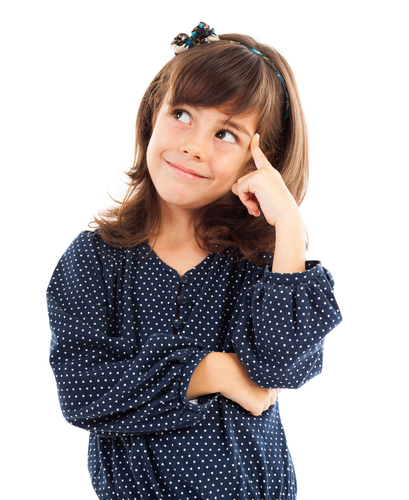
Now that you've tried the examples, let's get started on the main activity.








